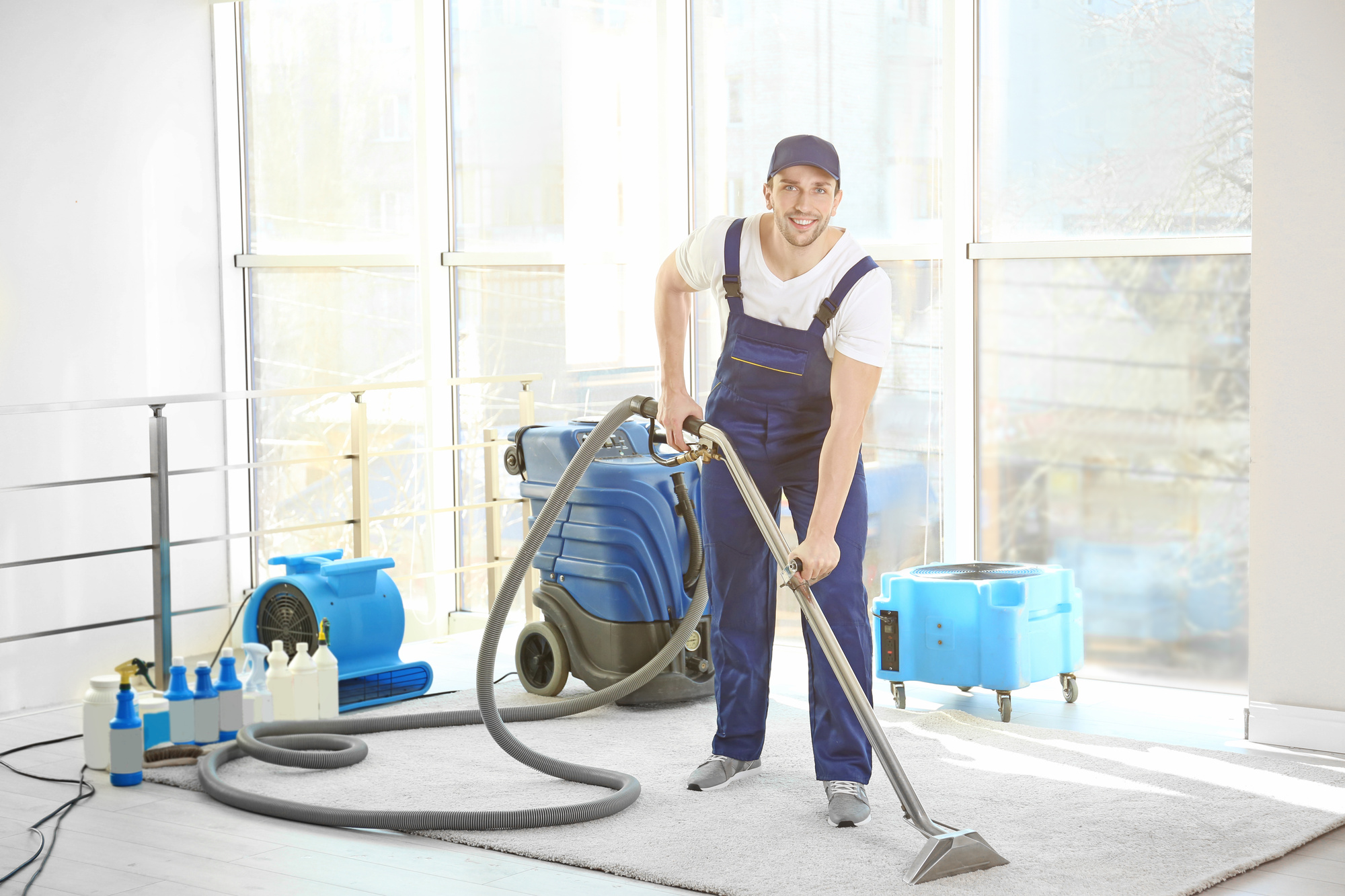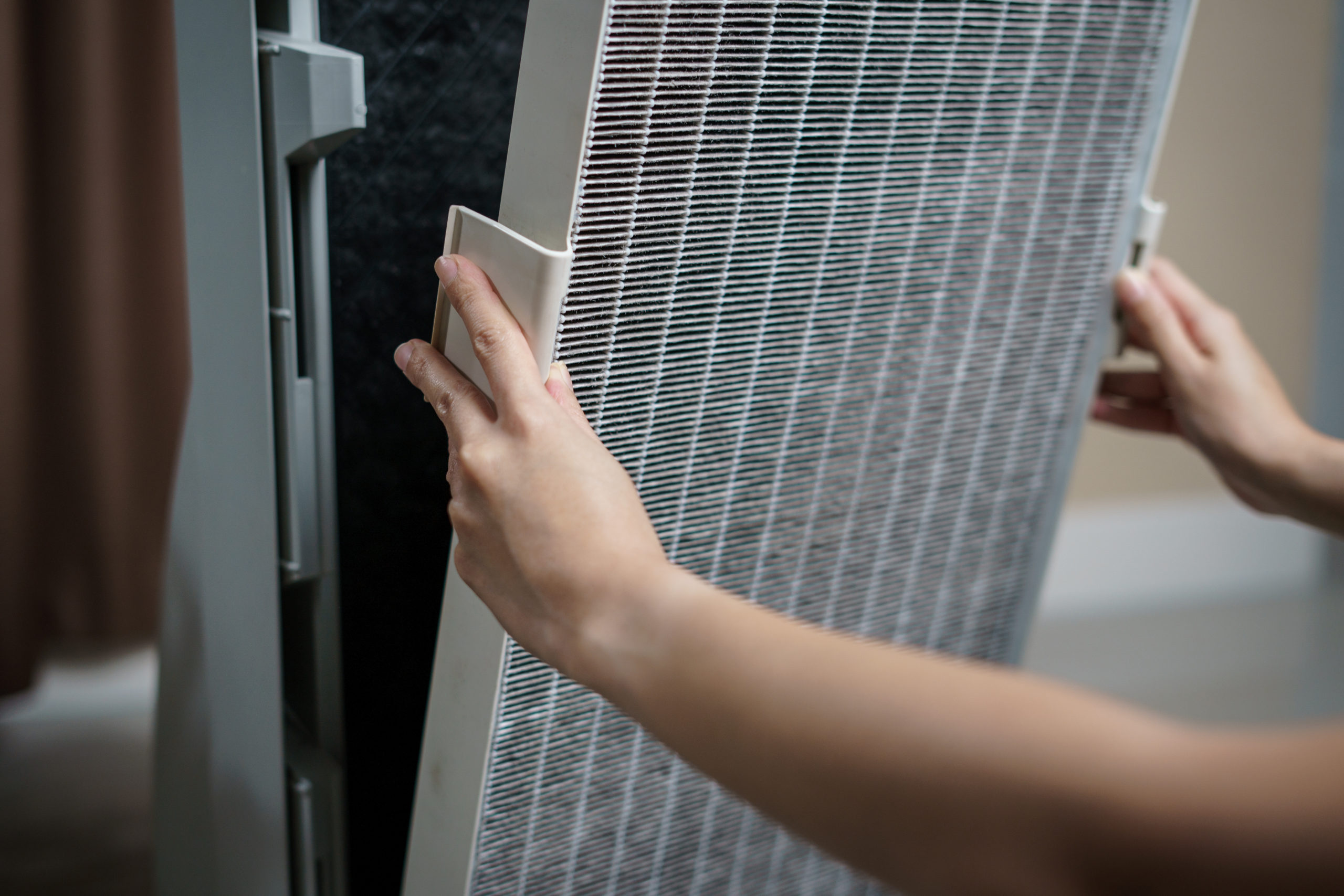New materials for homes and businesses create new cleaning challenges for technicians, while old cautions against the use of acidic cleaners and rinses gain a stronger voice.
As I returned last month from SURFACES, the giant flooring, tile and stone show in Las Vegas, I reflected on the newest trends in flooring choices and especially the care and maintenance aspect. My main take-away is that how we cleaned just five years ago likely will not work well today. The major trends I saw last year are both continuing and accelerating. Let’s take a fly-over view of the major component changes we will be seeing in the coming months and years.
Carpets
The big story here is polyester: both PET (made from recycled beverage bottles) and PPT (e.g. Triexta, made partially from corn). The positives? Polyester is stain-resistant and is often solution dyed, meaning the color goes through the fiber. Think of the color of a carrot going all the way to the core of the vegetable as opposed to a radish where the color is a thin layer on the outside. Another plus is its soft hand. Some of the new upper-end offerings have a very luxurious soft feel and are very plush.
But beware: a vacuum with too stiff a brush roller or poor height adjustment can tear these to shreds and even void warranties. Follow manufacturers’ recommendations on vacuums. The downside on polyester has historically been its lack of resiliency, causing carpet to mat down fairly quickly in traffic areas. Manufacturers claim that by increasing the density of the fibers and adding additional twist to the yarns, they have overcome these long-standing problems. This product family is pretty new, so we’ll have to wait and see.
Another major trend in carpet is solution-dyed nylon — more stain resistant and less prone to bleaching than traditionally dyed nylon. The move to more solution-dyed product results in more neutral colors being offered with more restricted color ranges for these products.
 Wood Floors
Wood Floors
The big story in wood flooring is the increased appearance of oiled finishes in show rooms and homes. The new UV-cured oil finishes offer better protection against moisture than traditional oiled finishes and are showing up on a lot of prefinished product.
One caveat: several flooring manufacturing representatives told me that these new finishes could be cleaned with the same agents as are used on polyurethane floors. But when I spoke to the representative in the booth for the manufacturer of the actual finish, he said ‘absolutely not!’ Polyurethane-safe cleaning products will pull the oil out of the finish. These finishes and their maintenance products are designed to be used as a system. The cleaning agent is, in some cases, not only designed to clean but also to replenish the finish. Not all oiled wood floor cleaners are compatible with all oiled finishes. A cleaner’s life just gets more complex.
Luxury Vinyl Tile or LVT
This product, made like laminate but with a vinyl core rather than fiberboard, is gaining popularity. Like laminate, LVT can be printed to look like any surface: wood, stone, etc. Its advantage over laminates is that it is not moisture sensitive and promises to clean more easily. Note: every vinyl manufacturer warned against using any acid-side cleaning agents on their floors, including vinegar, as these agents will degrade the finishes over time.
Stone
Stone remains a popular choice by consumers, so it is still a big player. The biggest and worst news is a trend toward putting marble in even more places and applications where it really doesn’t belong – at least from a maintenance point of view. You can learn more about the challenges of cleaning marble in my Surfaces article from last August.
Ceramic Tile
Commonly found in bathrooms and on kitchen backsplashes, porcelain tile is now being laser printed with almost every pattern imaginable to increase its appeal as a decorative choice in homes and public spaces. In many cases the ink is fired into the tile without an added glaze. The manufacturers tell me this is as durable as a glazed tile, and this may be true for the quality manufacturers, but there are a lot of goods coming from China with poor or no quality control. I suggest testing carefully before using restorative cleaning systems.
Summary
With each new floor, wall, counter, and appliance surface that emerges for consumers, the cleaning, care, and maintenance of that surface becomes scarier than it was just five or even ten years ago. These new and expensive finishes expose us to thousands of dollars in liability every time we go into a house to clean.
Manufacturers were very receptive to my inquiries with an eye toward educating people in the cleaning field – they also face millions of dollars in losses due to improper cleaning. Today’s professional cleaners must keep abreast not only of the advances in cleaning science but also in home furnishings. For more info on these and other issues check out a House Cleaning Technician certification class. The classes go into much greater detail on both the science of cleaning and the surfaces we must contend with every day.
Bruce Vance is a widely recognized expert. He runs Town & Country Cleaning, a million-dollar house cleaning company located in Chapel Hill, North Carolina, and is the leading IICRC-approved instructor for the only internationally-recognized third-party House Cleaning Technician certification.






